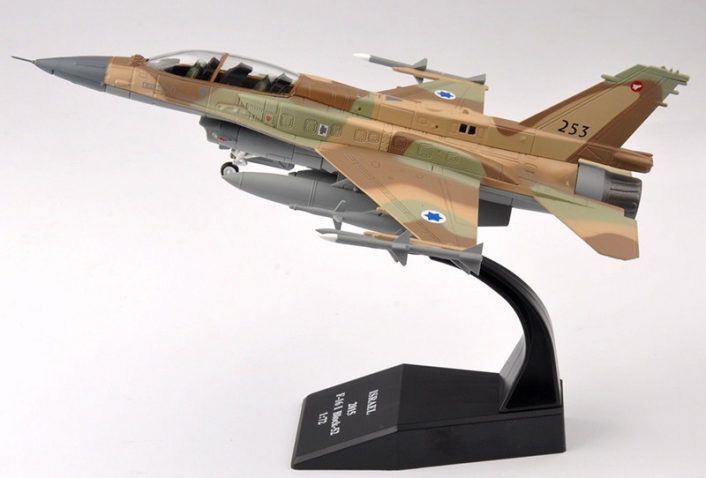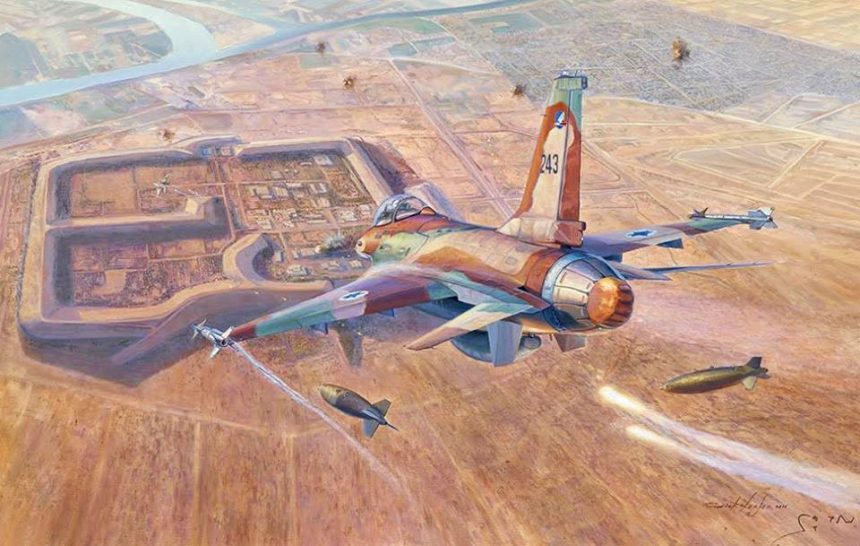Israelis Shock The World With Audacious First Ever F-16 Strike.
1735 HRs Local, Sunday, June 7, 1981. Al-Tuwaythah Nuclear Research Facility, outside Baghdad, Iraq.
Iraqi Colonel Fakhri Hussein Jaber is in shock. His jaw drops, mouth gaping open as a strained moan leaves his throat. Despite the hot desert temperature his limbs feel cold. He cannot believe what he is seeing.
Eight F-16s painted sand-colored desert camouflage flying in a single-file attack formation at rooftop level hurtles over the outskirts of Baghdad from the southwest. They bank hard left, slicing white tendrils of vapor from their missile-clad wingtips in the evening air. One at a time they light their afterburners over the southern edge of the city. The crack of jet thunder makes people all over Baghdad glance upward to the sky. As the attacking pilots pull their side-sticks back the jets instantly vault upward into the clear evening blue on tails of orange fire.
Their wings wear the white roundel and blue Star of David. The Israelis are here.
The single file procession of ear-splitting jets reaches 5,000 feet, their tails to the sun and invisible from the ground in the blinding light for the moment. They roll heavily onto their backs, wings bloated with huge one-ton bombs. They pitch downward into a shallow dive and lazily tumble back to wings level. Then they each drop two Mark-84 delayed fuse 2,000-pound general purpose bombs on Iraq’s new industrial pride, the French-designed nuclear reactor at Osirak. The large round reactor dome is completely destroyed in only two minutes. Nothing else is touched.
And then they are gone.
Iraq’s own air defense gunners do the only collateral damage. They accidentally shoot one of their own anti-aircraft gun positions on the ground when they try to hit the last Israeli jet fleeing at low level as erupting explosions from the delayed fuses on the bombs shatter the nuclear dome. One French contractor from Air Liquide dies tragically in the air raid. Ten Iraqi soldiers are killed as well, although it is not known if their death was a result of the Israeli bombs.
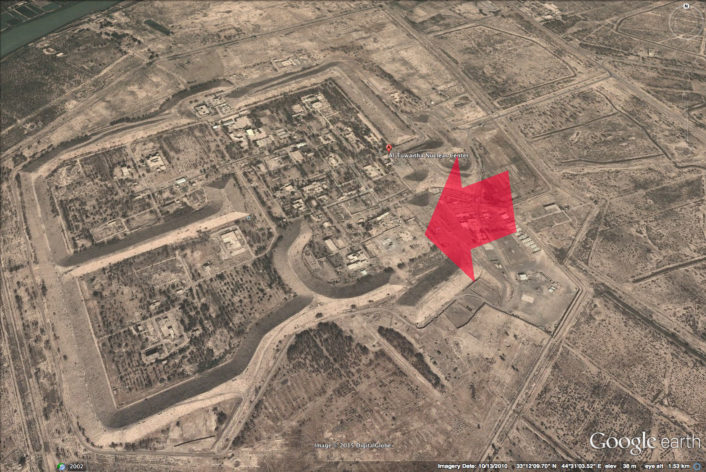
Having recovered from his shocked surprise and weighed down by dread, the next day Colonel Fakhri Hussein Jaber is hanged in a public execution along with his fellow officers. Iraqi President Saddam Hussein has them executed for incompetence while failing to defend the most important strategic target in the country. It was the big Iraqi hope for building a nuclear weapons program.
In a script that has played out before, and would repeat itself again and again, a foreign nation has attacked Iraq to destroy its Weapon of Mass Destruction (WMD) program. This time it is Israel, and this is Operation Opera, one of the most audacious airstrikes in the history of airpower on June 7, 1981. It compares in significance to the air attack on Pearl Harbor, the Doolittle Raid, the RAF’s dam buster attack and in an unusual way the nuclear strikes on Nagasaki and Hiroshima.
It is not the first time an audacious airstrike has been launched to destroy Iraq’s nuclear development program. The Iranians launched a similar strike only a few months earlier in September of 1980 but failed to achieve a tangible result, using two older McDonnell-Douglas F-4 Phantoms. The Iranian Phantoms missed the reactor dome with their bombs. Work on the Iraqi reactor supported by the French continued, this time with enhanced air defenses ringing the facility. It would not stop Israel from trying.
Operation Opera, sometimes also called Operation Babylon, holds a significant place in aerial combat history for many reasons. A few regard it as perhaps the most daring and significant air attack in history.
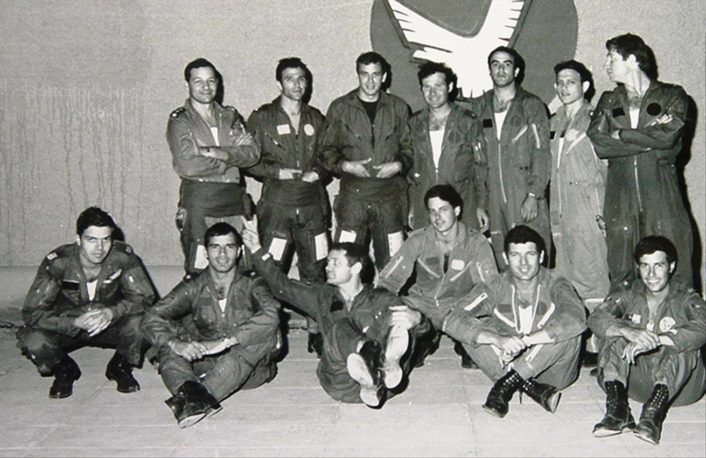
This was a spectacular combat debut for one of the most successful tactical aircraft ever built and still serving in front line service with many nations today. The early General Dynamics F-16 Fighting Falcons used in the raid were called the “F-16A Netz” or “Hawk” in Israeli service. These very same F-16As went on to build an illustrious legacy for Israel, downing an amazing 40 enemy aircraft in the first war with Lebanon the year after Operation Opera in 1982. The original F-16A Netz aircraft were only recently retired from Israeli service on Dec. 26, 2016. They are being sold to a private contract “red air” company to provide simulation of enemy forces for training of new combat aircrews, probably over the U.S. southwest. During the following decades U.S. Air Force F-16s would go on to drop thousands of tons of munitions in the region.
In the latest chapter the free Iraqi Air Force acquired the first of thirty-six F-16s in June of 2014. That same year a U.S. F-16 instructor pilot told us on condition of anonymity that the program to train Iraqi pilots to fly the F-16 at Tucson International Airport in Arizona was, “Going dismally, most of them [the Iraqi F-16 students] can barely fly.” But the free Iraqis went on to develop enough proficiency to use their F-16’s successfully in combat over Iraq beginning in September of 2015. Just recently the Iraqi Air Force received its fifth batch of four F-16IQ’s on March 24th of 2017 completing the full Iraqi 9th Fighter Squadron with all of its F-16s.
Operation Opera has its roots in traditional aerial bombing before the introduction of stealth and precision guided weapons. It also reached into the future because of its mission of ending the proliferation of WMDs in Iraq under Saddam Hussein. That same agenda would haunt every U.S. President since then and eventually compel George W. Bush to invade Iraq in March 2003. Operation Opera foreshadows U.S. doctrine with North Korea today, supporting a rising argument that the U.S. should follow Israel’s example with Iraq and destroy North Korea’s looming nuclear threat before it becomes too dangerous to challenge.
While Operation Opera earns its place in the lore of combat aviation it was, for the most part, a relatively conventional low-level interdiction air strike. One of several things that made Opera sensational was the audacity of Israel for launching the strike, an aggressive act that Israel would defend with vigor, the United Nations would condemn and then-U.S. President Ronald Reagan would shrug off in surprised but quiet admiration of Israel’s aggressiveness, daring and initiative.
Another thing that surprised observers including U.S. intelligence analysts was how the Israelis managed to complete the raid without aerial refueling and how they were able to infiltrate one of Iraq’s most heavily defended airspaces completely undetected in broad daylight. The answers to these questions are exceptional planning, vigorous espionage, incredible work on the part of the maintenance crews, support personnel and incredible airmanship for the strike pilots along with no small measure of good fortune for the Israelis.
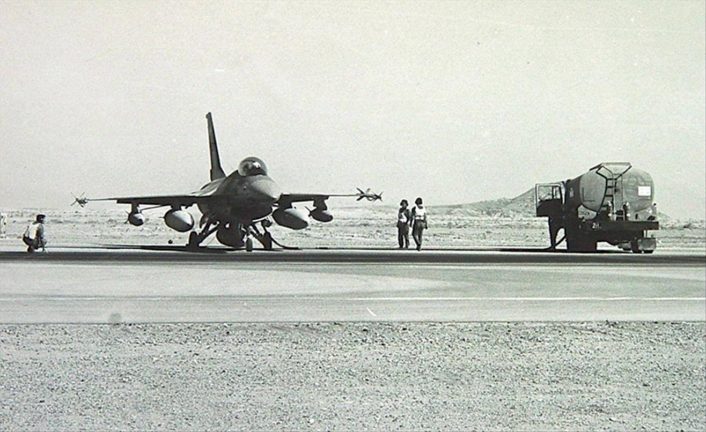
It is interesting that the Israelis chose to use eight lightweight, single-engine F-16As as the bomb-carrying strike aircraft and assigned six of the heavier, twin engine F-15 “Baz” aircraft to fly combat air patrol over the mission. The F-15 would later be adapted into a dedicated strike fighter configuration that would have been better suited to a raid like Operation Opera.
Remarkably, 26 years later Israel would use this mission template again.
On Sept. 6, 2007 Israel would reverse the role of the same aircraft during Operation Orchard, an airstrike on a secret Syrian nuclear installation in the Deir ez-Zor area. In this later strike on a similar target, Israel would employ new F-15I Ra’am strike aircraft as bombers and use the latest precision guided air-to-ground weapons including Maverick missiles and laser-guided bombs. An Israeli special operations team infiltrated the area to provide initial reconnaissance, including radiological survey, and later provide target designation for the precision-guided weapons during the strike. The Syrian nuclear site was built with significant support and cooperation from the North Koreans, and ten North Korean workers were killed at Deir ez-Zor, Syria during the 2007 strike.
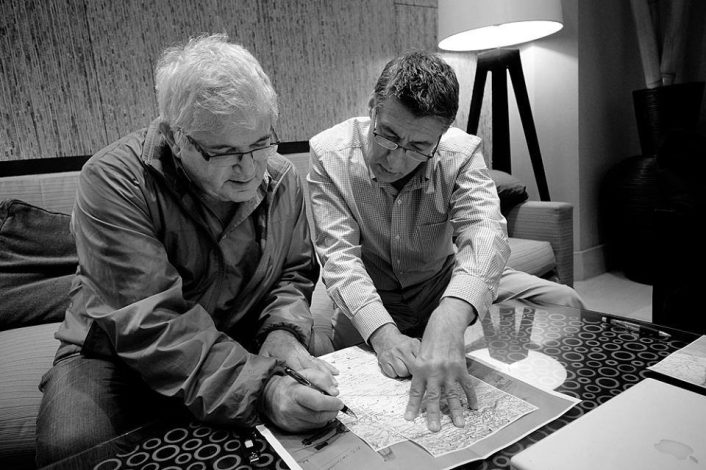
Aviation artist and historian Rick Herter of the U.S. traveled to Israel some time ago with a U.S. Air Force Major General. Herter was given unique access to the secretive Israeli Air Force, interfacing with the Israeli Air Force Chief of Staff to gain a detailed historical understanding of Israeli operations including Operation Opera. Following Herter’s trip to Israel he began to work closely with retired Israeli Air Force Colonel Ze’ev Raz who planned and commanded Operation Opera himself, flying one of the strike aircraft. Herter’s unique relationship with the man who planned and flew the mission gave him insights that lead to his painting of the mission, the only in flight image with historical and technical accuracy. Rick Herter’s painting, “Dropping The Hammer, Operation Opera” is used at the top of this article.
